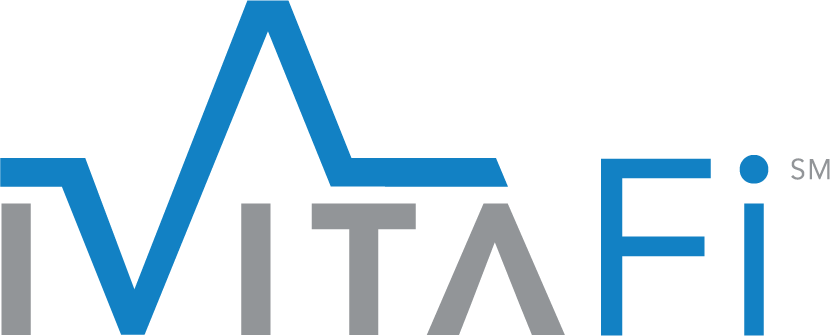Hospitals in the 11 states that have yet to adopt the ACA Medicaid expansion face higher levels of risk from medical debt and default. A 2022 study by the Urban Institute, found that in the 100 U.S. counties with the highest levels of medical debt, 79 are in states that have not expanded Medicaid. According to the study, lack of health insurance is the second biggest predictor of medical debt. For these counties, the failure of their states to expand Medicaid compounds an already difficult problem for patients and hospitals by further limiting coverage to patients living at or under the poverty level.
What is the Medicaid Expansion Gap
The Affordable Care Act (ACA) included a provision to expand Medicaid to most adults with incomes up to 138% of the Federal Poverty Level. The expansion included an enhanced federal matching rate (FMAP) for participating states. Currently, 11 states have not adopted the expansion creating a Medicaid expansion gap for people who would otherwise qualify for coverage. The 11 states that have yet to adopt Medicaid expansion, include:
- Florida
- Georgia
- Kansas
- Mississippi
- North Carolina
- South Carolina
- Wisconsin
- Wyoming
Nationally, 21 million people are enrolled in Medicaid expansion coverage, which helped to bring the rate of uninsured Americans down to a near all-time low of 8.8% in Q4 2021. Still, among non-participating states, an estimated 3.5 million additional people would qualify for coverage. Efforts to adopt the Medicaid expansion in those states are ongoing. In the interim, millions of low-income adults remain un- or underinsured.
For these low-income patients, access to health insurance can make it easier to get health care and can help improve health outcomes. It has also been suggested that Medicaid expansion access is linked to employment and education gains.
Patient access to the Medicaid expansion is also a net positive for the financial health of hospitals. According to the Kaiser Family Foundation (KFF), uninsured patients are less likely to seek needed care, and when they do seek care, they often face medical bills they can’t afford. Specifically, KFF says, “In 2021, uninsured nonelderly adults were over twice as likely as those with private coverage to have had problems paying medical bills in the past 12 months. These bills can quickly translate into medical debt since most people who are uninsured have low or moderate incomes and have little, if any, savings.”
How Can Hospitals Better Recapture Revenue from Uninsured/Underinsured Patients?
Across a hospital’s patient population, including fully insured patients, making diverse payment options available increases the likelihood the hospital will collect patient-funded medical debt. There is a push in the healthcare industry to institute more patient-centric payment options as more medical debt is patient-funded and not insurance-funded.
For patients caught in the Medicaid expansion gap, many of the broader principles apply. Low-income patients may struggle to make a lump sum payment on a medical debt, and in the absence of alternative options, are more likely to default on a debt. Additionally, all patients struggle to understand their true financial obligations. However, when given options for a payment plan, easy ways to make payments and clear communications about their debts, repayment rates increase.
Many small- and mid-sized hospitals especially, however, are not equipped to offer and manage patient payment options. Their revenue cycle teams are largely trained to and are focused on collecting from health insurers.
IVitaFi Patient Payment Financing Expands Payment Options to ALL Credit Profiles
Hospitals can improve their collections from patients who fall within the Medicaid gap by better enabling them to understand and manage their financial obligations and providing multiple ways for them to pay, including over time.
iVitaFi partners with hospitals to provide payments and patient engagement solutions to improve collections.
PATIENT ENGAGMENT SOLUTION
iVitaFi MyPlan Patient Engagement is designed to deliver specific messages, timing, cadence and channel(s) all determined by the hospital’s rules and iVitaFi’s proprietary artificial intelligence best suited to the patient’s unique situation and preferences. Messages can be sent pre-service, point-of-service and/or post-service. MyPlan Patient Engagement is designed to support a variety of communication channels, including SMS-text message, email and more.
PAYMENT SOLUTIONS
To help hospitals extend different payment options to patients, iVitaFi offers two solutions: Pay Now and Provider Payment Plans.
Pay Now
Pay Now enables patients to quickly and easily make a single payment toward their healthcare bill using multiple payment methods. Patients have the option to make a secure payment toward their healthcare services bill using a credit or debit card, bill pay or ACH. Payment can be applied to one or more bills without requiring account setup and can be made in full or in part relative to the total amount due for the selected bill(s).
Provider Payment Plans
As healthcare providers rely more on patients for revenue, many have started to use more consumer-centric strategies, like provider payment plans that enable patients to pay balances off over time.
iVitaFi helps its partner organization lower cost and improve patient revenue by empowering their patients to better manage their financial responsibility with affordable and digital provider payment plans. Selected encounters are divided into 4 affordable, monthly payments.
Provider Payment Plan utilizes self-service, mobile-first technology that offers patients an option to easily set up an account, securely save their card or bank account information for scheduled payment amounts to be applied on one or more healthcare services bills. Hospitals set the parameters (minimums, maximums, etc.) for how the Provider Payment Plan can be structured, which is primarily based on the total amount due for the selected bill(s).
Contact iVitaFi today to discuss ways your organization can improve patient payments and reduce the burden on already overworked, understaffed revenue teams. We look forward to helping you improve cash collections, alleviate staffing issues and the elevate the patient financial experience.
(888) 504-8482
info@ivitafinancial.com

